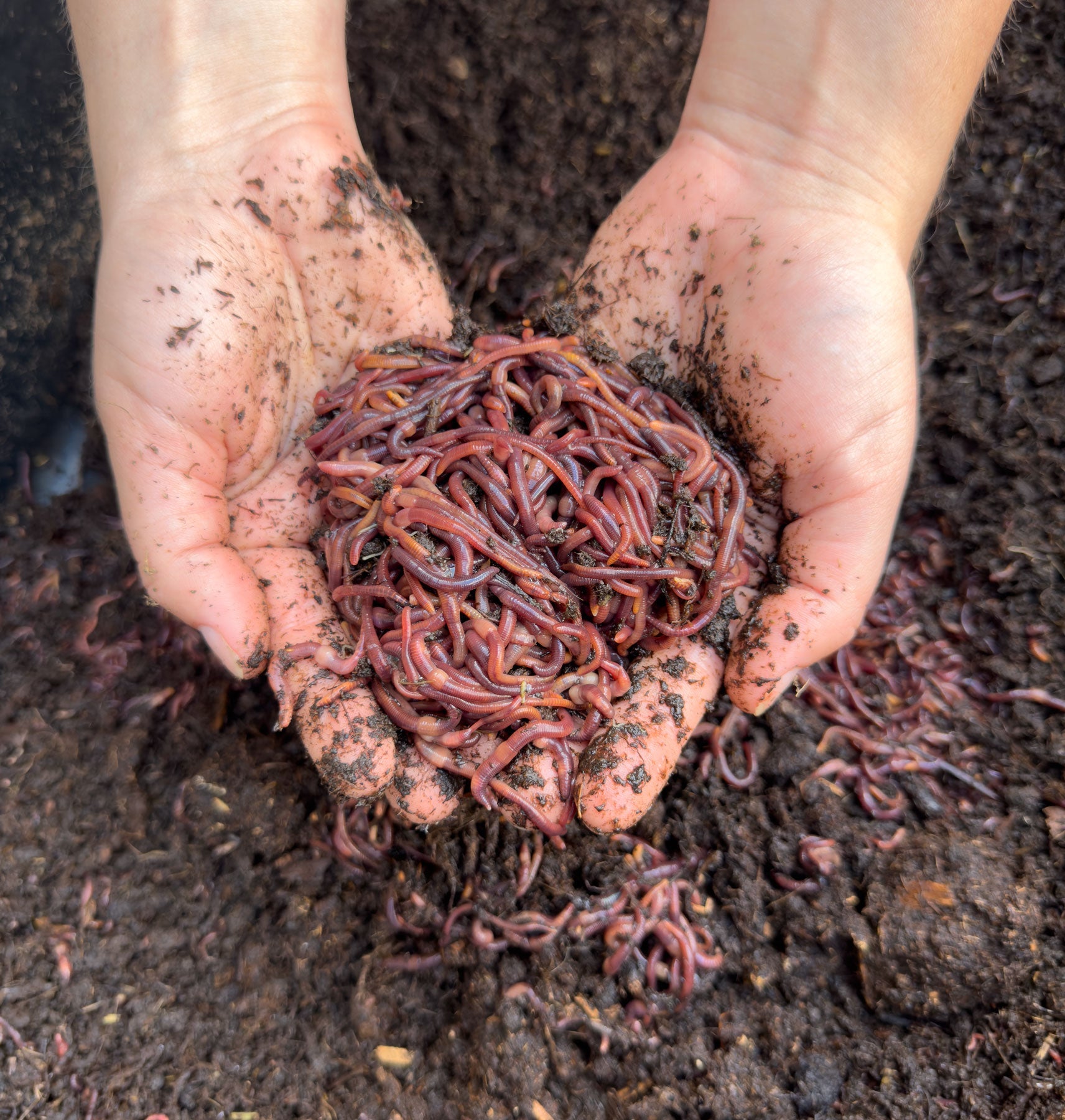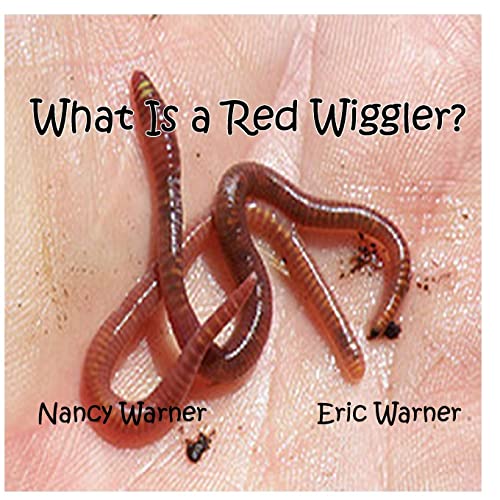Red Wigglers: The Unsung Heroes of Organic Waste Recycling
Red wigglers, or Eisenia fetida, offer as essential agents in the organic waste reusing process, changing disposed of products into valuable vermicompost. As the globe progressively seeks options to fight waste accumulation and enhance agricultural performance, comprehending the duty of these worms ends up being important.
What Are Red Wigglers?
The impressive durability of red wigglers, medically referred to as Eisenia fetida, underscores their vital role in natural waste recycling. These small, reddish-brown earthworms are normally discovered in decaying natural issue, such as compost heap and manure stacks. Lake Hickory Bait. Unlike various other earthworm species, red wigglers prosper in nutrient-rich environments and are extremely reliable at breaking down organic products, making them important for vermicomposting

Advantages of Composting With Worms
Composting with worms, especially red wigglers, uses countless advantages that boost both waste management and soil health and wellness. These worms effectively break down organic waste, converting it into nutrient-rich vermicompost that enriches soil. This procedure increases disintegration, permitting a much faster recycling of kitchen area scraps and other organic materials compared to typical composting techniques.
Additionally, the vermicompost generated by red wigglers is bristling with advantageous bacteria, which aid enhance dirt structure, aeration, and moisture retention. This improves the overall health of plants, advertising energetic growth and raised returns in gardens and farming setups. The use of worms in composting minimizes the production of greenhouse gases, such as methane, contributing to a much more lasting waste administration system.

Just How to Start Vermicomposting
Establishing a vermicomposting system is a simple procedure that can generate significant benefits for both waste administration and dirt enrichment. To start, choose an ideal container, such as a plastic bin or wooden box, with sufficient ventilation holes to make sure proper airflow. The dimensions should ideally be around 2 feet by 3 feet, permitting ample room for the worms to prosper.
Following, prepare bed linens product, which can contain shredded paper, cardboard, or coconut coir. This bed linens should be moistened to create a suitable environment for the worms. As soon as the bed linen remains in area, present red wigglers (Eisenia fetida) into the bin, commonly around one pound of worms for every square foot of surface area.
Following the positioning of worms, add natural waste, such as fruit and vegetable scraps, coffee premises, and smashed eggshells. With these steps, you useful source will properly start a vermicomposting system that contributes to sustainable waste monitoring and enhances your soil.
Preserving a Healthy Worm Bin
Aeration is critical. Gently mixing the bed linens and food scraps every few weeks stops compaction and ensures that all worms have access to oxygen. Furthermore, it is very important to feed the worms properly. A well balanced diet regimen of vegetables and fruit scraps, coffee grounds, and smashed eggshells should be used in small amounts to stay clear of overfeeding, which can lead to odors and pests.
If the container becomes as well warm or chilly, the worms may become stressed out. By faithfully taking care of these aspects, one can preserve a durable and effective worm bin.
Influence On Sustainable Living
The effective upkeep of a worm container not only benefits the health and wellness of red wigglers but also adds dramatically to lasting living techniques. By recycling natural waste, such as kitchen scraps and backyard particles, red wigglers assist draw away substantial amounts of product from garbage dumps. This reduction in waste not only decreases greenhouse gas exhausts however also decreases the environmental burden related to waste administration.
Moreover, the spreadings produced by red wigglers work as a nutrient-rich organic plant food, improving dirt health and wellness and advertising plant growth. This all-natural alternative to chemical plant foods supports lasting agriculture and gardening methods, minimizing reliance on synthetic inputs that can damage environments. Additionally, worm composting promotes recognition of waste management, urging individuals and neighborhoods to adopt more lasting habits.

Conclusion
In summary, red wigglers offer as essential factors to organic waste reusing via their effective decomposition of natural products. By integrating vermicomposting right into waste administration strategies, people and neighborhoods can considerably reduce waste while advertising environmental sustainability.
Comments on “Keep Your Lawn Green and Healthy with Expert Tips from Lake Hickory Bait”